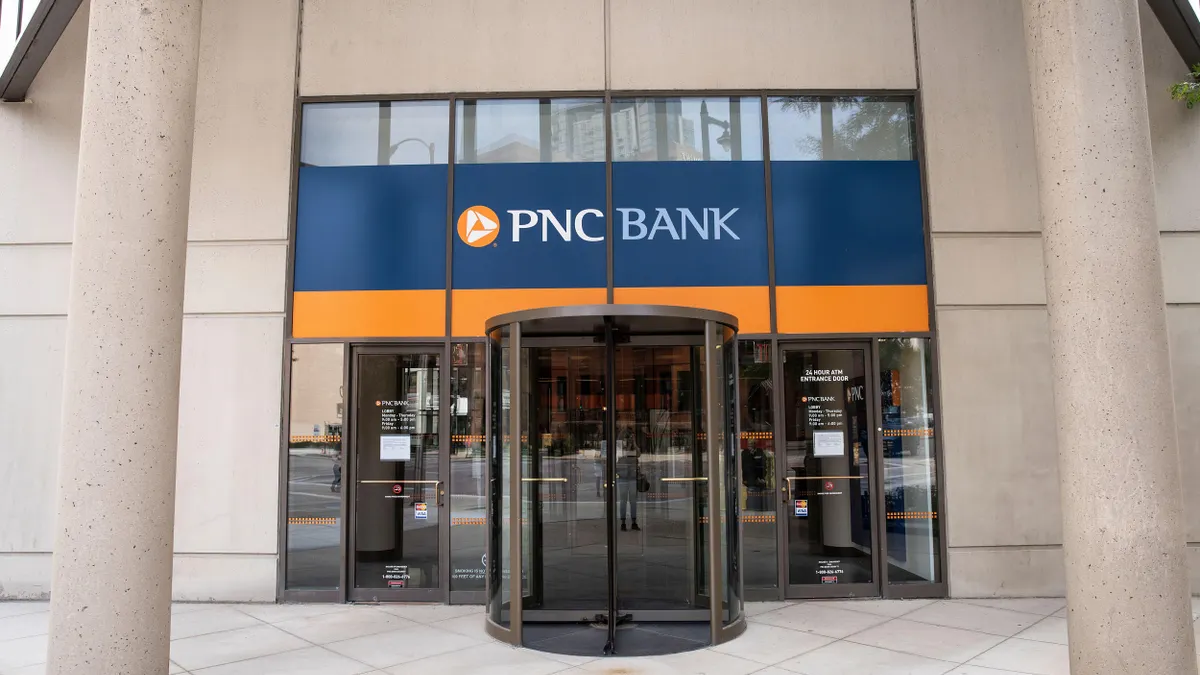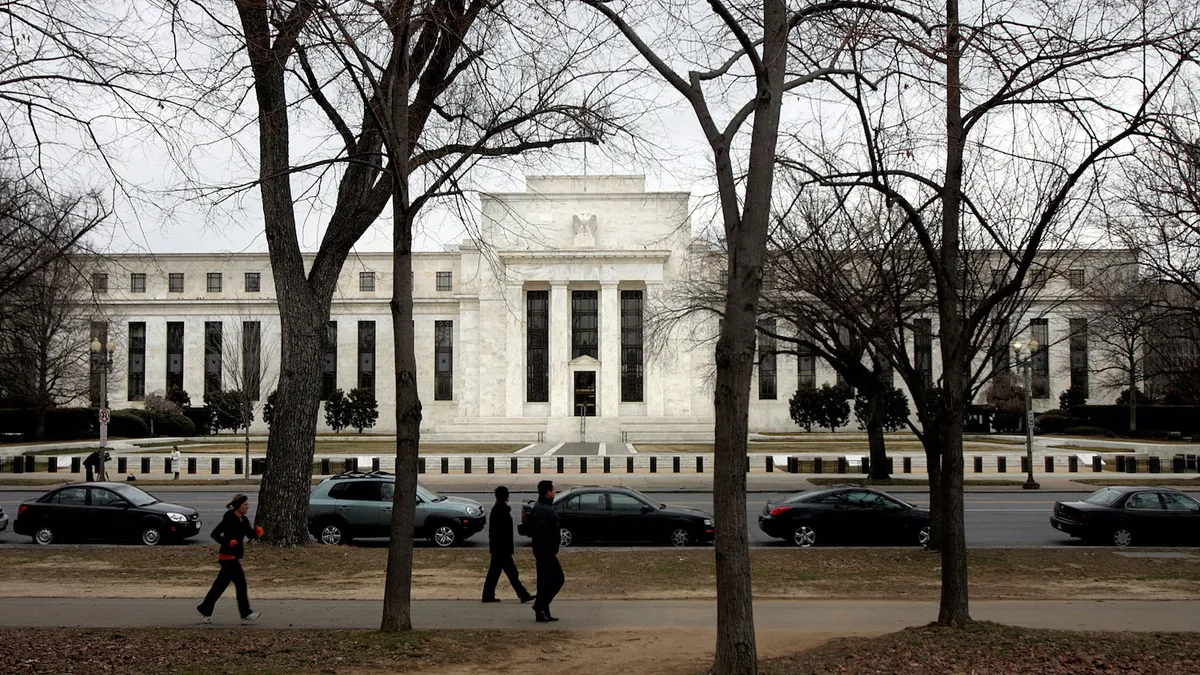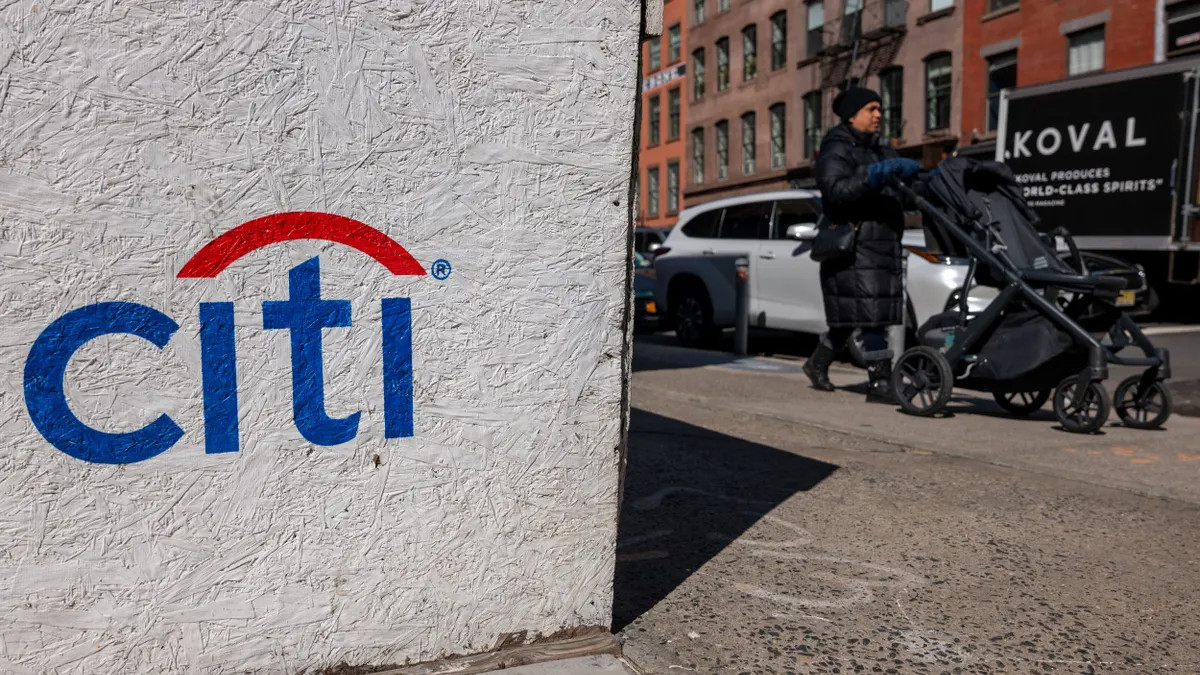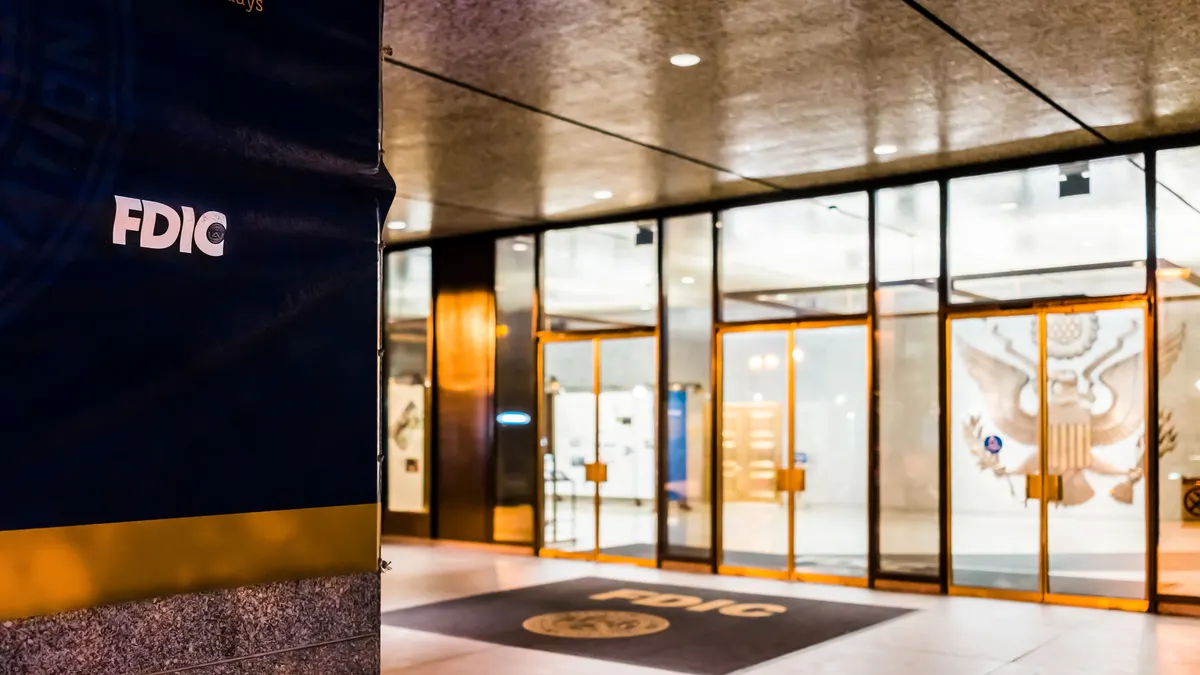The Federal Reserve is reviewing the capital and liquidity requirements it imposes on banks with between $100 billion and $250 billion in assets, The Wall Street Journal and the Financial Times reported Tuesday, citing a person familiar with the matter.
Such an adjustment would have put Silicon Valley Bank, which counted $209 billion in assets before it failed Friday, and Signature Bank, which had $110 billion, under potentially stricter guidelines.
The Fed in October proposed requiring banks with between $250 billion and $700 billion in assets to carry long-term debt that would be converted into equity to recapitalize the bank in times of extreme stress. That would put the burden of losses on investors rather than taxpayers in a bailout situation.
Additionally, Michael Barr, the Fed’s vice chair for supervision, warned in December that the central bank would complete a “holistic” review of the framework behind stress tests that set capital requirements, but he didn’t give a time frame then.
Last week’s bank failures may well hasten that timeline.
Proposed changes may require more banks to report unrealized gains and losses on some securities as part of their capital, according to The Wall Street Journal. Silicon Valley Bank, for example, concentrated its balance sheet in long-term assets, leaving it more susceptible to failure if customers withdrew their funds immediately.
The rule-change process for the Fed’s October proposal on $250 billion-to-$700 billion-asset banks allows for public comment and takes months. The central bank, however, can choose, under Title 12 of the U.S. Code, to issue an order placing new requirements such as resolution plans, counterparty credit limits or annual stress tests, on banks with more than $100 billion in assets to protect financial stability, American Banker reported.
"That's something that the Fed could do tomorrow," Peter Conti-Brown, a professor at the University of Pennsylvania's Wharton School of Business, told the publication.
Some lawmakers are blaming event bank failures, in part, on a 2018 rollback of parts of the Dodd-Frank Act.
S. 2155, sponsored by Sen. Mike Crapo, R-ID, raised — from $50 billion in assets to $200 billion — the threshold of banks subject to the Fed’s toughest supervisory measures, including stress tests and capital and liquidity requirements.
Sen. Elizabeth Warren, D-MA, on Tuesday proposed a bill to repeal S. 2155.
“In 2018, I rang the alarm bell about what would happen if Congress rolled back critical Dodd-Frank protections: banks would load up on risk to boost their profits and collapse, threatening our entire economy — and that is precisely what happened,” Warren said in a statement.
In an interview this week with American Banker, one prominent Republican dismissed the prospect of repealing S. 2155 as a “Democratic talking point.”
“I think [SVB’s situation] gets absolutely back to that individual bank experienced fast growth and as it grew it went from $50 billion to $200 billion, is now subject to all these enhanced supervisory procedures and reports, and it's not clear to me that they performed them or that the San Francisco Federal Reserve Bank conducted them,” said Rep. French Hill, R-AR.
Sen. John Thune, R-SD, also came out Tuesday against the “rush to regulate.”
“I think there’s a valid question about where were the regulators, where were the supervisors and why didn’t they see this coming,” Thune said, according to Bloomberg.
At least one Democrat likewise said he wants to see the results of the Fed’s investigation into the bank failures before advocating action from Congress.
“If you’re purchasing long-term securities in a rising interest rate process — that’s again Banking 101 — where were the regulators, where was the management?” said Sen. Mark Warner, D-VA, according to Bloomberg.
Senate Banking Committee Chair Sherrod Brown, D-OH, urged the Fed on Tuesday to toughen regulations unilaterally and pause interest rate increases, adding that it would be a tougher sell to get Congress to do it.
“I’ve seen the influence of the bank lobby and Wall Street, and in the end, Ohio workers always pay for this when they get their way,” Brown told Bloomberg.
Barr, for his part, would likely have opposed the 2018 rollback.
“The rules were not meant to only apply to the largest handful of systemically important firms,” Barr said that year in an American Banker op-ed. “It is the very antithesis of macro-prudential supervision to focus only on the largest handful of financial firms and to ignore risks elsewhere in the system.”
Republicans, meanwhile, have expressed concerns about another of Barr’s comments. Sen. Tim Scott, R-SC, and nine other lawmakers wrote the Fed this month to express concern because Barr did not explain what is involved in a “holistic” review of capital requirements.
Whatever happens next, from regulators or lawmakers, “one of the certainties,” said Megan Greene, chief economist at the Kroll Institute, “is that smaller banks will face more regulation and that probably means that more activity will be driven out of the banking sector into the shadow banking sector.”
“We have very little visibility on what's happening under the hood in shadow banking,” Greene told American Banker. “It means there's an opportunity for bubbles and leverage to crop up with us not really knowing until we get a market blowup."





















